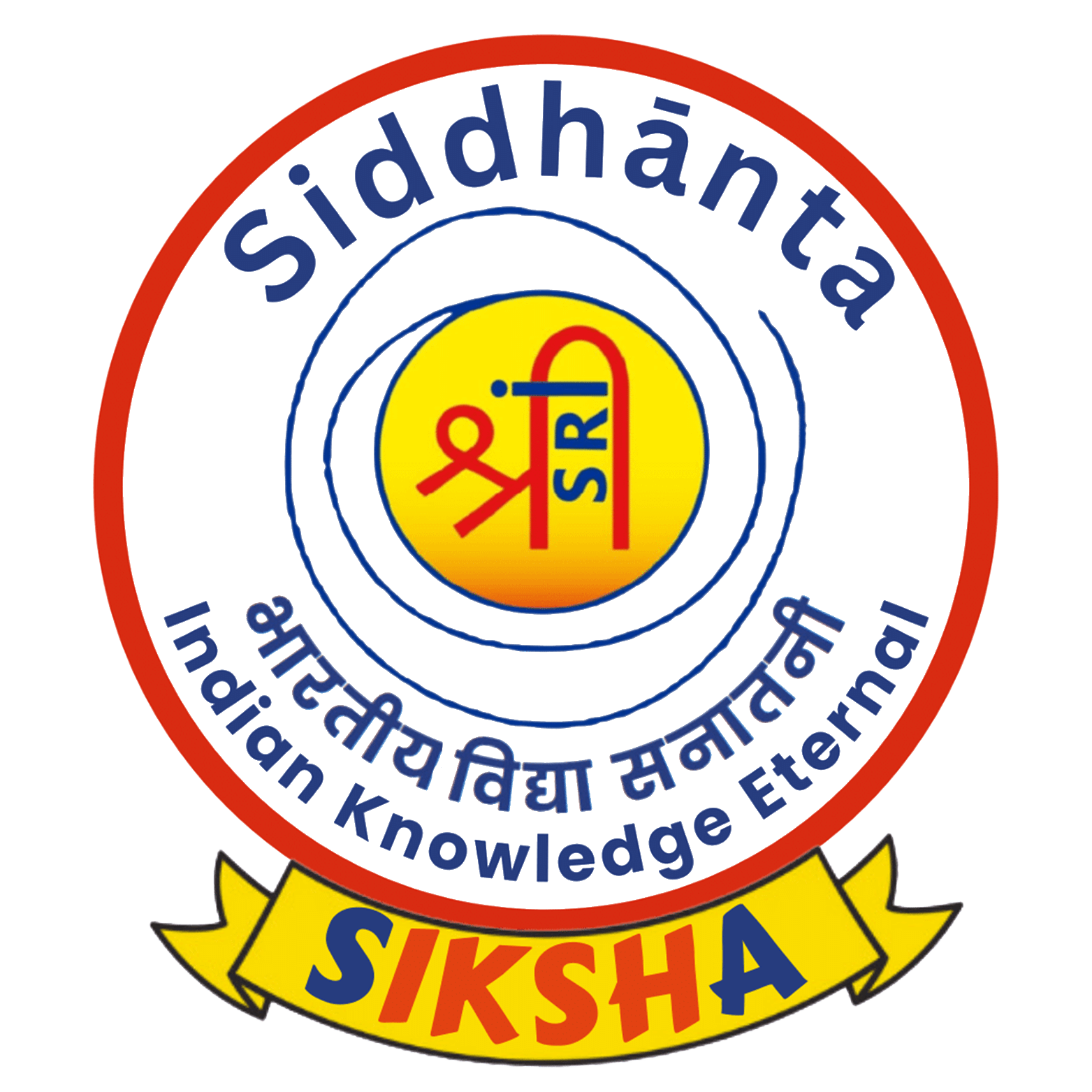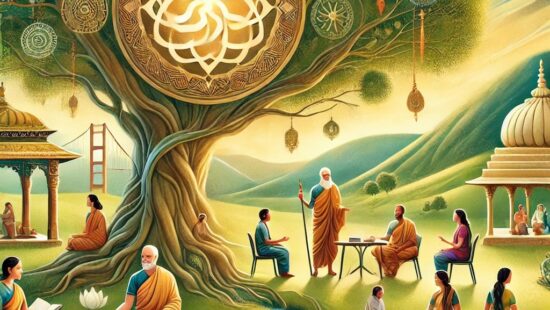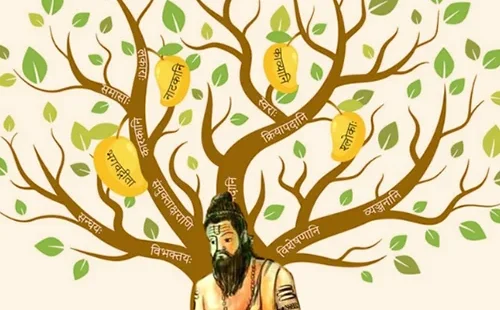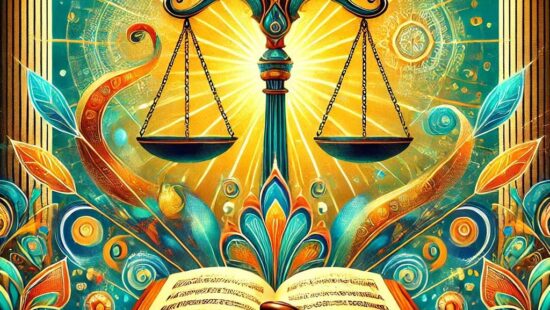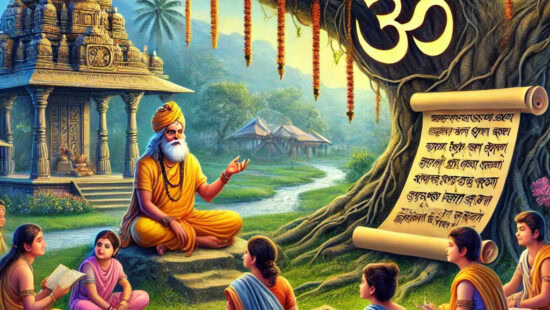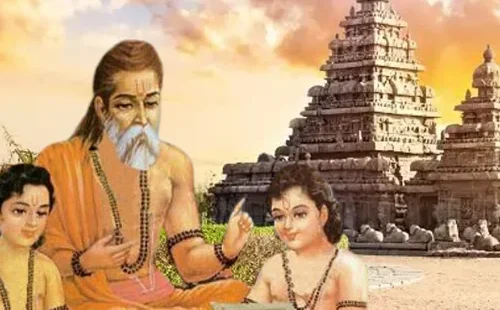The Science and Art of Music
- 15 Hours
-
1 Credit
*(T&C Apply) Credits applicable only for Undergraduate and Postgraduate students enrolling for SIKSHA courses through academic institutions based in India.
- UG/PG
- Foundation
- Faculty
₹2,500.00(GST additional)
About The Course
Syllabus
- Unit 1 Introduction to Indian music and musicology (1 to 5)
- ● A brief outline of the development of Indian music from the chants of the Samaveda, in six stages
- ● Understanding the terms ‘science’ and ‘art’ in the context of Indian music research.
- ● Development of musicology and music Research in the Indian music tradition.
- ● A note on some important music texts, Sangita Ratnakara in particular.
- Unit 2 Gita in Sangita Ratnakara (6 & 7)
- ● Connotation of the words ‘sangita’ and ‘gita’.
- ● Importance of gita, the vocal music aspect, and its universal appeal.
- ● ‘nada’ or the musical sound that manifests in the human body; three main perspectives of nada manifestation namely physiological, yogic, and philosophical.
- Unit 3 Understanding svara and tonal structures (8 to 13)
- ● Description of the melodic units of sruti and svara.
- ● Different kinds of description of the tone of svara-s like association with animal and bird sounds, etc.
- ● Classification of svara as vadi, samvadi, etc.
- ● Rasa-s associated with svara-s
- ● Categorising svara-s in an octave as suddha and vikrta
- ● Organisation of tonal structures like grama, murchana, etc.
- ● Description of varna as a tonal form in the Ratnakara and the compositional form varna as seen in current practice of Karnataka music
- ● The term alankara as described in Ratnakara, then in Caturdandi Prakasika and as seen in contemporary practice
- Unit 4 Raga, its classifications and raga systems (14 to 21)
- ● Exposition of raga in the Ratnakara
- ● Marga and desi raga-s and the two types of classifications of raga-s into grama raga, etc. and raganga, bhashanga, etc.
- ● Method of description of raga-s with illustrations in the Ratnakara
- ● Development of the mela-janya system of raga classification
- ● The 72 melakarta scheme and its features
- ● A note on the raganga raga and melakarta raga systems, their similarities and differences
- ● Janya raga-s and their types
- ● Some other kinds of raga classifications
- Unit 5 Aspects of music practice and music practitioners (22 to 25)
- ● Description of music practitioners – composers, singers and their types.
- ● Types of voices, the singing voice and types of musical performances.
- ● Description of some musical aspects like gamaka, alapti, etc and their connotations in contemporary practice.
- Unit 6 Tala – the rhythmic aspect (26 & 27)
- ● A brief outline of tala-s described in the Sangita Ratnakara.
- ● Description of the 108 tala-s, suladi sapta tala-s and other kinds of tala-s like capu, that are employed in current practice.
- Unit 7 Description of instrument, dance, and prabandha/musical forms (28 to 30)
- ● A brief note on the four types of instruments and how instruments in contemporary times relate to each of the four types described in the Ratnakara.
- ● A brief note on the chapter on dance in the Ratnakara.
- ● Details of the compositional forms described in the Ratnakara – particularly, prabandha.
- ● Description of compositional or kalpita and creative or manodharma forms found in current practice.
More Information
- Learning Objectives
- ● Understanding music as an art-form and a knowledge system
- ● Examination of contemporary Karnataka-sangītam practice in light of changes in nomenclature, musical ideas, melodic forms, etc., relating them to Sangīta Ratnākara and other significant music texts of later periods
- Intended Outcomes
- ● Knowledge about Karnataka-sangītam from a historical perspective
- ● Understanding of approach to the knowledge system of music
- ● Appreciate the essentiality of practice as a precedent to musical thinking and analysis
- ● Appreciate the threads of continuity in contemporary practice from the musical knowledge and ideas discussed in 1300 CE, while recognizing the changes that help retain its dynamism












